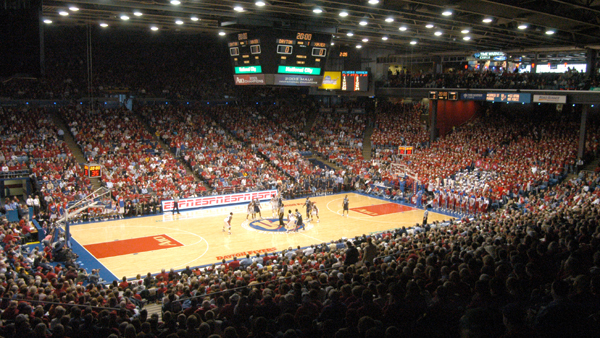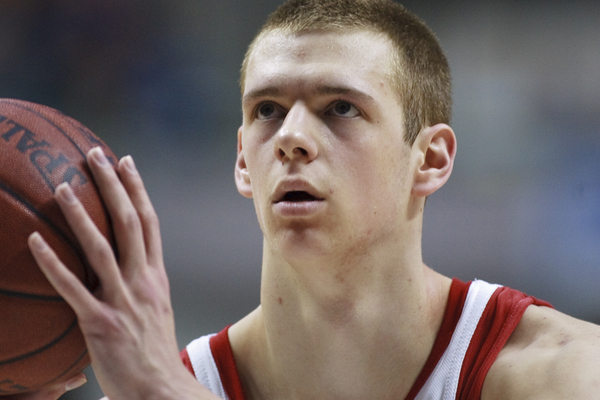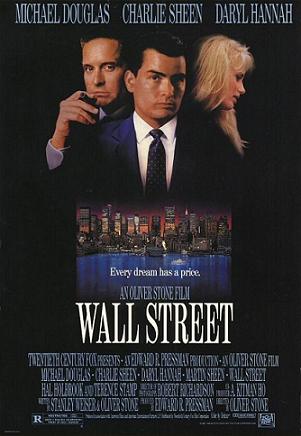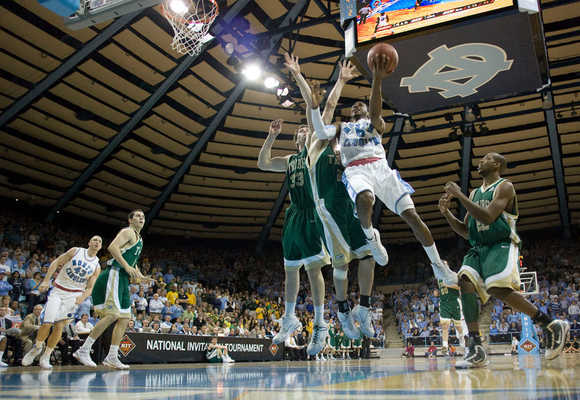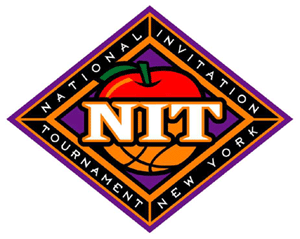After 10-For-10, Dayton Goes Four For (First) Four
Posted by jstevrtc on September 9th, 2010For the past ten years, the city of Dayton has been host to the NCAA Tournament’s Play-In Game (though the NCAA doesn’t really like that moniker). Affectionately known as the “PiG,” it wasn’t exactly a destination to which teams aspired after a long regular season and a conference tournament championship. If your team got into the dance, you wanted to be in the dance, you know? Despite the city’s admirable support of their Flyers — the student section in UD Arena was one of the loudest we encountered last season — among college basketball players, Dayton became a place you hoped you weren’t sent by the bracket-makers. Even though the NCAA treated it and paid schools the same as any other appearance, you didn’t want to have to play into the Tournament. You wanted to be in the Tournament.
The NCAA, the citizens of Dayton, and the people who work at the arena, however, have brought every ounce of dignity and elegance they could muster for the PiG, and they’ve done it each of the past ten years. There was never anything close to a half-hearted effort on their part. Despite the reputation of the PiG, Dayton made teams, fans, and media feel welcome. The seats were always filled. The people of Dayton embraced the PiG. On Thursday, the NCAA confirmed that Dayton will be the site for all four of the first round games — the First Four — that were created earlier this summer when the NCAA increased the tournament field from 65 to 68.
To this, we say bravo. It’s a great, appropriate reward from the NCAA to Dayton, and we hope they extend this beyond 2011. Dayton would get four NCAA Tournament games every year, quadrupling any economic spike they’ve enjoyed by hosting the PiG for the last ten years. As for the games themselves, two of them will involve the last four “at-large” teams that gained admission to the dance, and two of them will involve the last four automatic qualifiers. They’ll take place on Tuesday and Wednesday after Selection Sunday, which means that there is no longer that seemingly infinite wait from Sunday night to the tournament’s start on Thursday (yeah, we know, the PiG was on Tuesday). You get Selection Sunday, then Monday to crank out your brackets. The first round begins on Tuesday with the start of the First Four.
There is one final question, though, and that’s who plays when. Will the last four at-larges play on one night and the 16-seeds all play on the other? We communicated with David Worlock, the Associate Director of the Men’s Basketball Championship, who told us that “was still to be determined,” but the NCAA’s contract with CBS and Turner Sports allows for “maximum flexibility” in terms of scheduling the games. If TV is making the ultimate decision on this, we figure that they’d be getting maximum eyeballs each night by pairing a 16-seed game first with a “marquee” at-large battle second, using, say, the old 7/9:15 PM ET game windows. Nothing wrong with that.
It’s fun to be talking about this kind of stuff. And it’s going to be a fun way to start the Tournament, and we know the city of Dayton will get behind it.





























